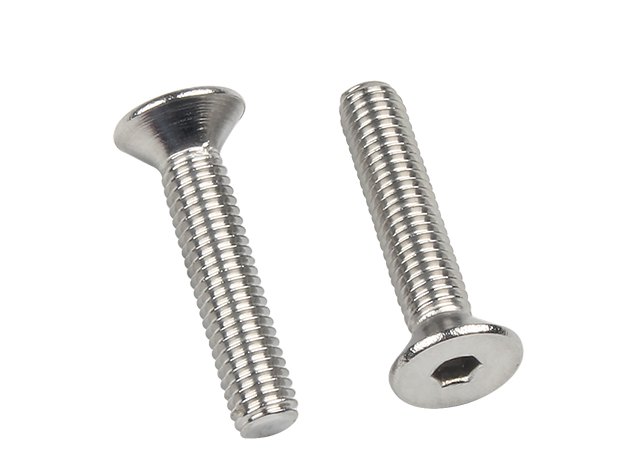

self tapping screws metal to wood
Out . 13, 2024 23:31 Back to list
self tapping screws metal to wood
Understanding Self-Tapping Screws Metal to Wood Applications
Self-tapping screws are an essential fastening solution used in various applications, particularly when joining metal to wood. Their unique design allows them to create their own mating thread in the material they are driven into, making them particularly efficient in situations where traditional screws might require pre-drilled holes. This article provides an overview of self-tapping screws and their advantages, especially when working with metal and wood.
What are Self-Tapping Screws?
Self-tapping screws are specially designed screws that contain a sharp tip and cutting threads. These features enable the screw to penetrate and tap its own thread within the substrate without the need for a pilot hole. The screws come in various types, including thread-cutting screws and thread-forming screws, each suitable for different materials and applications.
Applications in Metal to Wood Connections
When joining metal to wood, self-tapping screws provide a secure and robust connection. The combination of metal and wood in construction and manufacturing is common, ranging from furniture assembly to heavy-duty framework. In such scenarios, self-tapping screws offer several benefits
1. Ease of Use Since self-tapping screws do not require pre-drilling (especially in softer woods), they save both time and labor during installation. This efficiency is particularly valuable in industries like construction, where time is often of the essence.
2. Strong Fastening Self-tapping screws create a strong bond between materials. The design allows them to cut into the wood and grip tightly, ensuring that the connection is resistant to pull-out and shear forces.
self tapping screws metal to wood

3. Versatility These screws are available in various sizes and types, making them suitable for different thicknesses of metal and wood. Whether you are working with thin gauge metals or thicker wooden beams, there is a self-tapping screw designed for the task.
4. Prevention of Material Damage Unlike conventional screws that may require pilot holes, self-tapping screws minimize the risk of splitting wood or damaging metal during installation. The cutting action is designed to displace materials rather than crush them.
Considerations When Using Self-Tapping Screws
While self-tapping screws offer numerous advantages, certain considerations should be kept in mind. It is crucial to select the appropriate screw length and gauge based on the thickness of the materials being joined. Additionally, choosing the right type of screw for the specific combination of metal and wood can contribute to the longevity and durability of the connection.
Finally, while self-tapping screws work exceptionally well for many applications, there are cases where traditional screws, bolts, or adhesives might be more suitable. Professional judgment is essential, especially in critical structural applications.
Conclusion
In summary, self-tapping screws are invaluable tools for connecting metal to wood, providing a quick, efficient, and strong bonding method. Their design facilitates easy installation and minimizes the risk of damage to materials. For anyone working with metal and wood, understanding the function and application of self-tapping screws can pave the way for more effective project execution, ensuring strong and lasting connections.
Latest news
-
Hot Dip Galvanized Bolts-About LongZe|High Strength, Corrosion Resistance
NewsJul.30,2025
-
High-Strength Hot Dip Galvanized Bolts - Hebei Longze | Corrosion Resistance, Customization
NewsJul.30,2025
-
Hot Dip Galvanized Bolts-Hebei Longze|Corrosion Resistance&High Strength
NewsJul.30,2025
-
High-Strength Hot-Dip Galvanized Bolts-Hebei Longze|Corrosion Resistance&High Strength
NewsJul.30,2025
-
Hot Dip Galvanized Bolts-Hebei Longze|Corrosion Resistance&High Strength
NewsJul.30,2025
-
Hot Dip Galvanized Bolts - Hebei Longze | Corrosion Resistance, High Strength
NewsJul.30,2025

